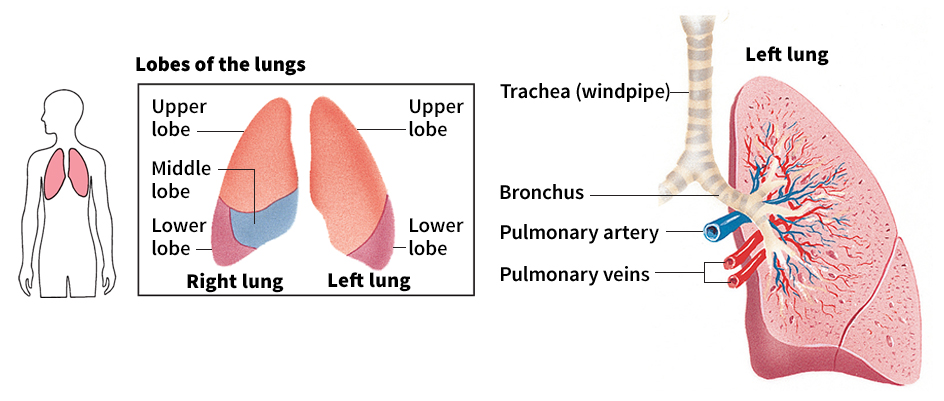Trachea, << TRAY kee uh, >> also called windpipe, is the tube that carries air between the lungs and the upper respiratory passages. A human trachea is about 5 inches (13 centimeters) long and just less than 1 inch (2.5 centimeters) in diameter. About half of its length is inside the chest and the rest is in the neck. The trachea is held open by 16 to 20 incomplete rings of cartilage. These C-shaped cartilages form the hard ridges in the neck just below the Adam’s apple.

The lower end of the trachea divides into two bronchi (tubes) that carry air into the lungs. At the top of the trachea is the Adam’s apple. This bump in the neck is formed by the larynx (voice box). Air that passes over the vocal cords in the larynx causes them to vibrate and to produce the sound used to speak.
Air is breathed into the larynx and trachea through the pharynx, the space at the back of the throat where the passages of the nose and mouth meet. The epiglottis, a leaf-shaped structure in the pharynx, closes the opening into the larynx during swallowing to prevent food from entering the larynx and trachea.
